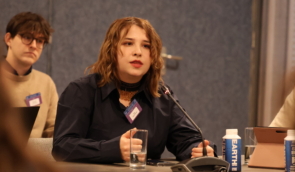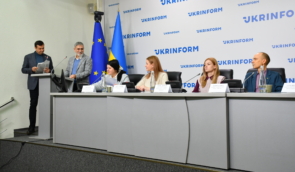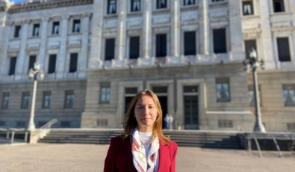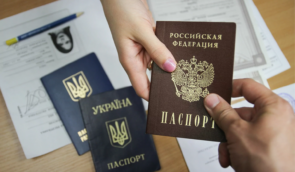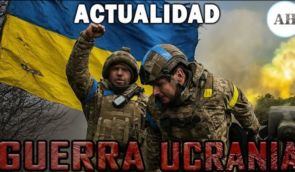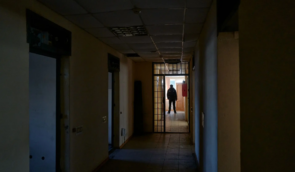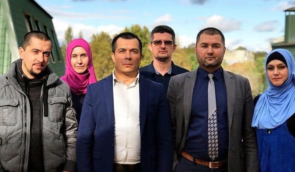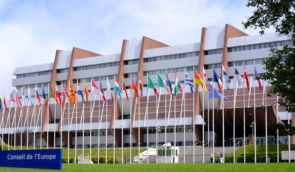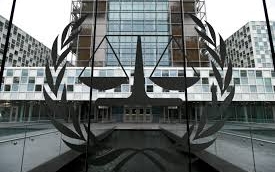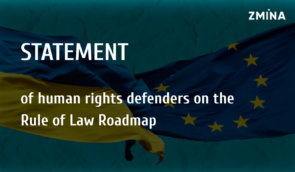At the autumn session of the PACE, an event was held on the torture and death of Ukrainians in Russian captivity
On October 2, in Strasbourg, as part of the fall session of the Parliamentary Assembly of the Council of Europe (PACE), the event “Torture and death of Ukrainian prisoners of war and illegally detained civilians in Russian captivity” was held, organized by the Ukrainian parliamentary delegation together with the Human Rights Centre ZMINA, the Prosecutor General’s Office of Ukraine and the Coordination Headquarters on the treatment of prisoners of war.
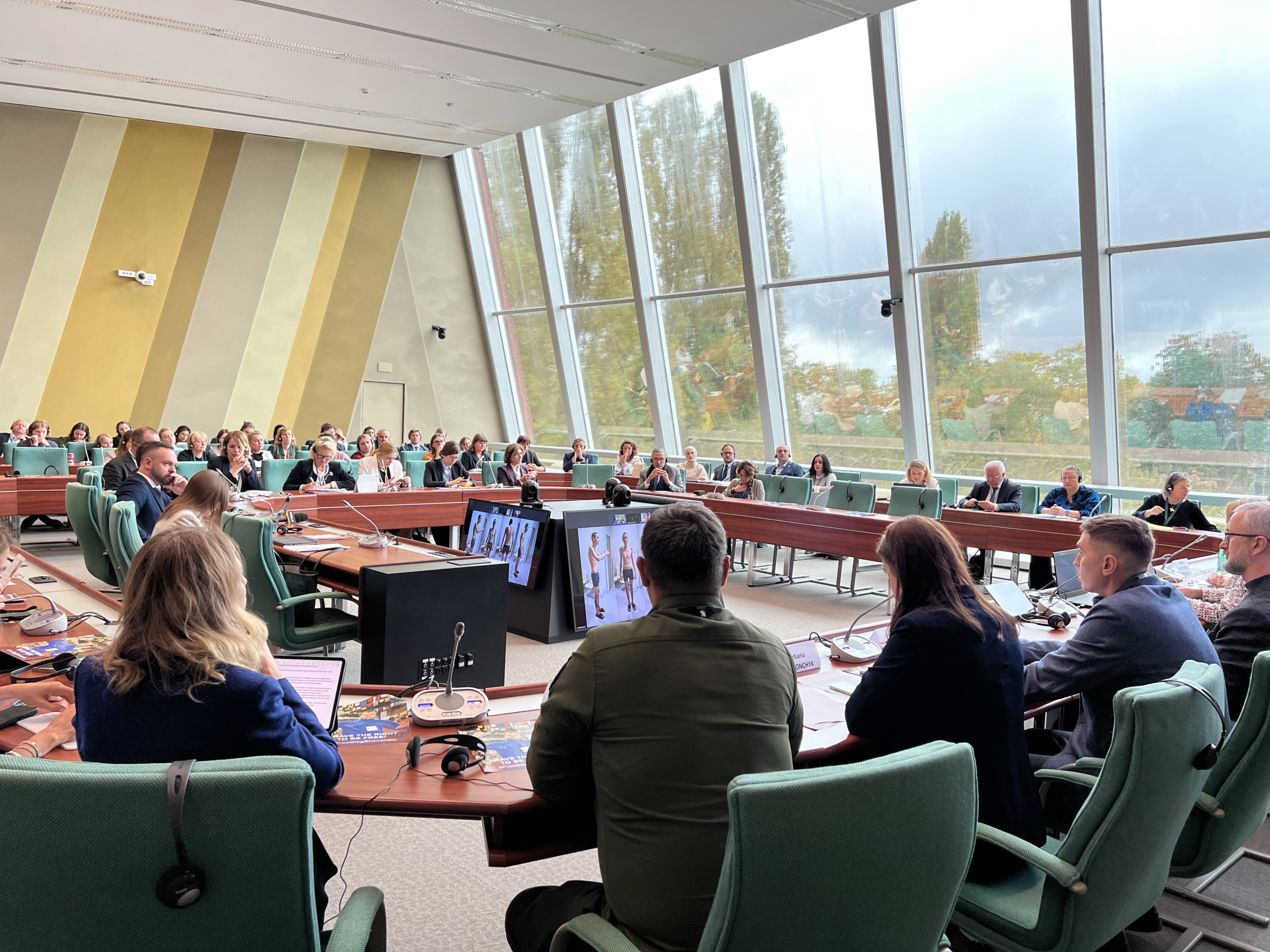
The event was organized to draw the attention of international partners to the problem of systematic torture in places of detention of Ukrainian prisoners of war and civilians illegally held by the Russian Federation, as well as to understand what member states of the Council of Europe can do to stop it and bring the perpetrators to justice.
Within its framework, the Head of the Board of the Human Rights Centre ZMINA, Tetiana Pechonchyk presented the study “Are you loyal to Ukraine – are you a Nazi?” Torture and other violations as crimes against humanity by the Russian army in Ukraine”, on which ZMINA worked together with OMCT and the Media Initiative for Human Rights.
“Analysis of the evidence allowed us to identify a number of regularities and reproduce the probable plan of the attack of the Russian troops on the civilians in the occupation. Thus, the pattern analysis of documented cases shows that the torture of the civilian population in different regions of Ukraine is not a series of isolated incidents. Torture was committed systematically, in the context of other serious violations of human rights and humanitarian law, such as enforced disappearances, extrajudicial killings, arbitrary detentions, sexual violence and denial of the right to a fair trial,” Pechonchyk said.
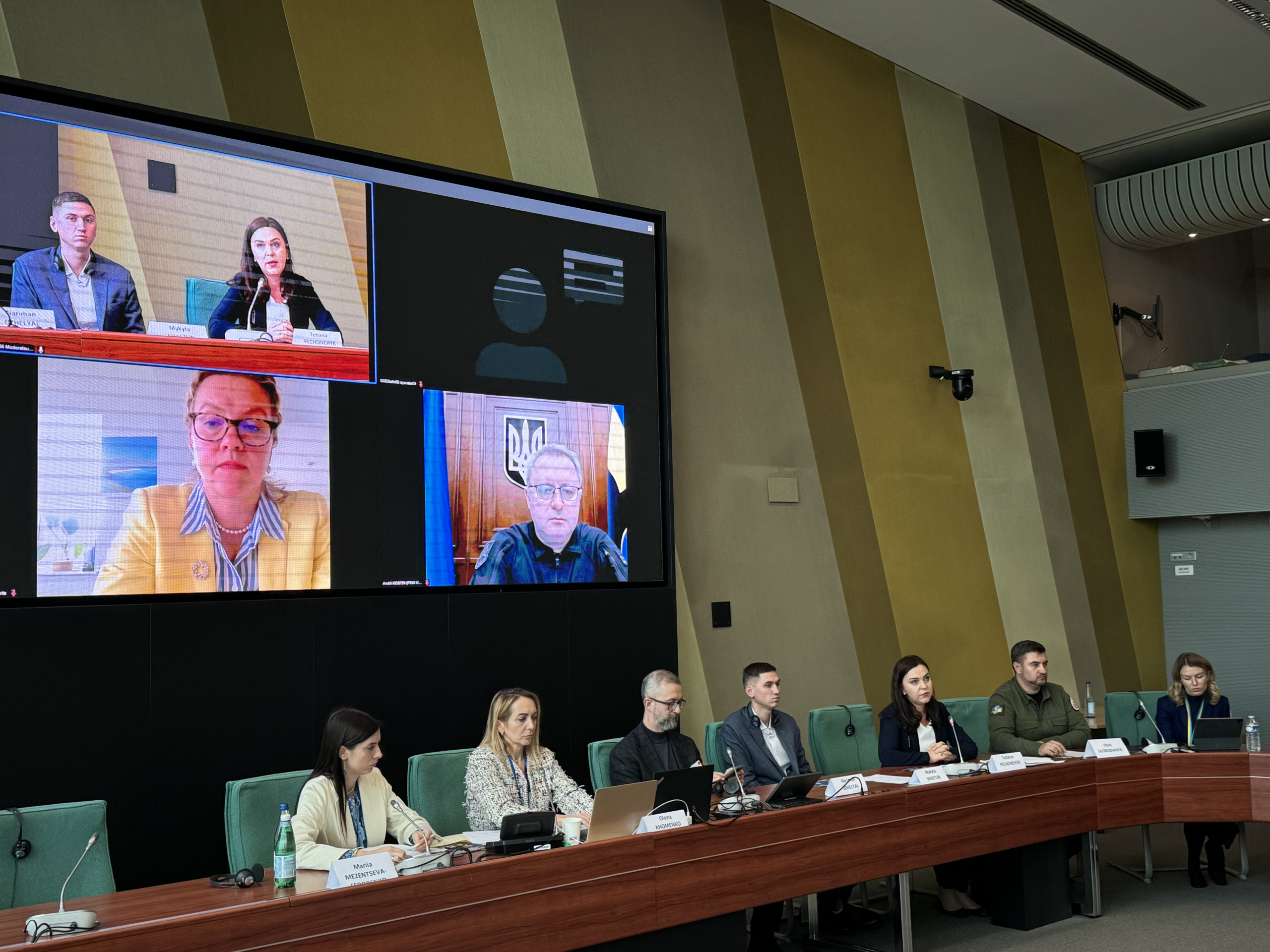
According to her, contextual analysis shows that the chain of events from the arrest of the victims to their release or death from torture is strikingly similar in the vast majority of documented cases. “This shows that Russian forces in all territories followed a common plan of attack: a plan directed against a broad group of civilians united on the basis of political views, namely against those who supported the Ukrainian state or were perceived as such they support her,” she said.
Given this, human rights defenders qualify torture by the Russian occupation forces not only as war crimes but also as a crime against humanity.
Mykyta Shastun, a Ukrainian defender who survived the terrorist attack by the Russians in Olenivka and returned home during the New Year’s exchange, spoke about the abuse he experienced in Russian captivity and torture.
“After the rocket hit our barracks, I started breaking down the gate and called for help. Instead, the guards shot at our feet. We carried out the prisoners – without arms and legs – and loaded them onto cars until morning. Most died on the spot from blood loss and lack of help. I can never forget the cries of pain of my brothers,” said Shastun.
He claims that moral and physical torture continued to be experienced by all those who survived and were placed in solitary confinement cells: “We did not have enough water and food. Rats got more. It was reminiscent of the diet given by the Nazis in Auschwitz.”
Oleh Slobodianyk, a representative of the Coordination Staff for the Treatment of Prisoners of War, informed that today only 6,000 Ukrainian soldiers are recognized by the Russian Federation as being in captivity. “More than a thousand, according to our information, are also in prison, but the Russians do not recognize this,” he added.
According to Slobodianyk, the large number of unconfirmed civilians in captivity is also a large problem. According to Ukraine, there are more than 14,000 civilians in captivity, and only 1,300 have been confirmed.
“During the exchanges, we managed to free a total of 167 civilians. This indicates a serious problem, a violation by the Russians of all norms of international law and conventions. There are no realistic return mechanisms, so we need the help of international organizations,” he emphasized.
The First Deputy Chairman of the Mejlis of the Crimean Tatar people, Nariman Dzhelyal, who was released from Russian captivity in June 2024, spoke about the details of his imprisonment.
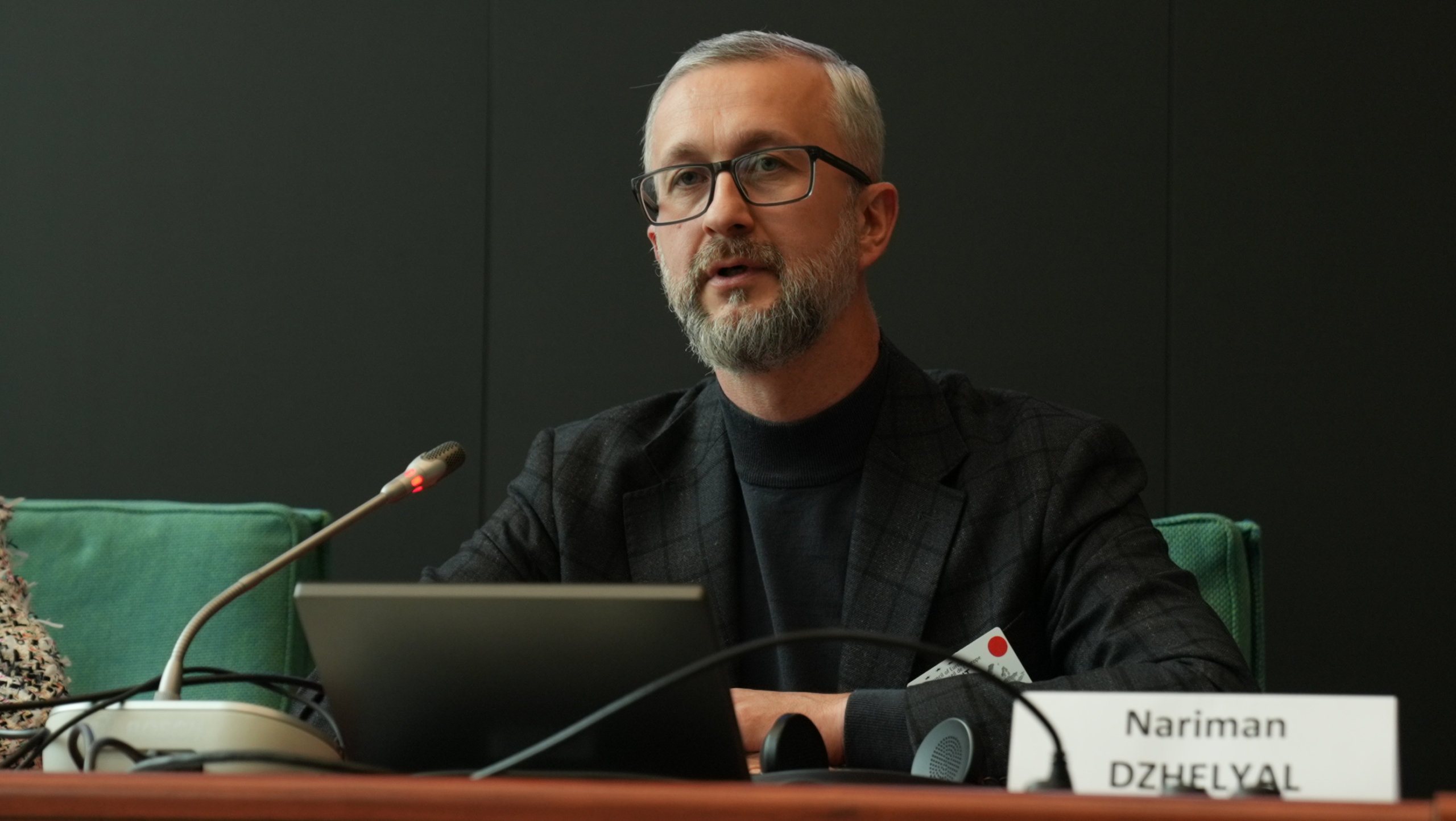
“In Crimea, Pre-Trial Detention Center No. 2 operates specifically for citizens of Ukraine – it is a place where you are subjected to physical and moral abuse. It has a separate third floor, where those captured in the newly occupied territories are kept and tortured,” Dzhelyal explained.
According to him, you need to have a lot of courage and health to live to release: “The release also depends on us. Whether we will force Russia to return to compliance with international law. At least to force her to keep the prisoners in proper condition.“
Prosecutor General of Ukraine, Andriy Kostin outlined four legal avenues that prosecutors are using both at the national and international level to hold Russia accountable for war crimes against Ukrainian prisoners and civilian hostages.
“First of all, this is an effective, strong and reliable investigation of these cases by us, the Ukrainian authorities. We have made progress in identifying 347 suspects, charged 258 people and convicted 97 people in cases of torture and ill-treatment of Ukrainian civilians and prisoners of war,” he said.
However, according to him, this is only the tip of the iceberg, because justice does not have access to thousands of similar cases, as they take place in the temporarily occupied territories and against persons held in Russian captivity. It will take decades to effectively investigate all incidents.
According to the Prosecutor General, the second dimension concerns the efforts made by international courts, and here the decisive role belongs to the International Criminal Court.
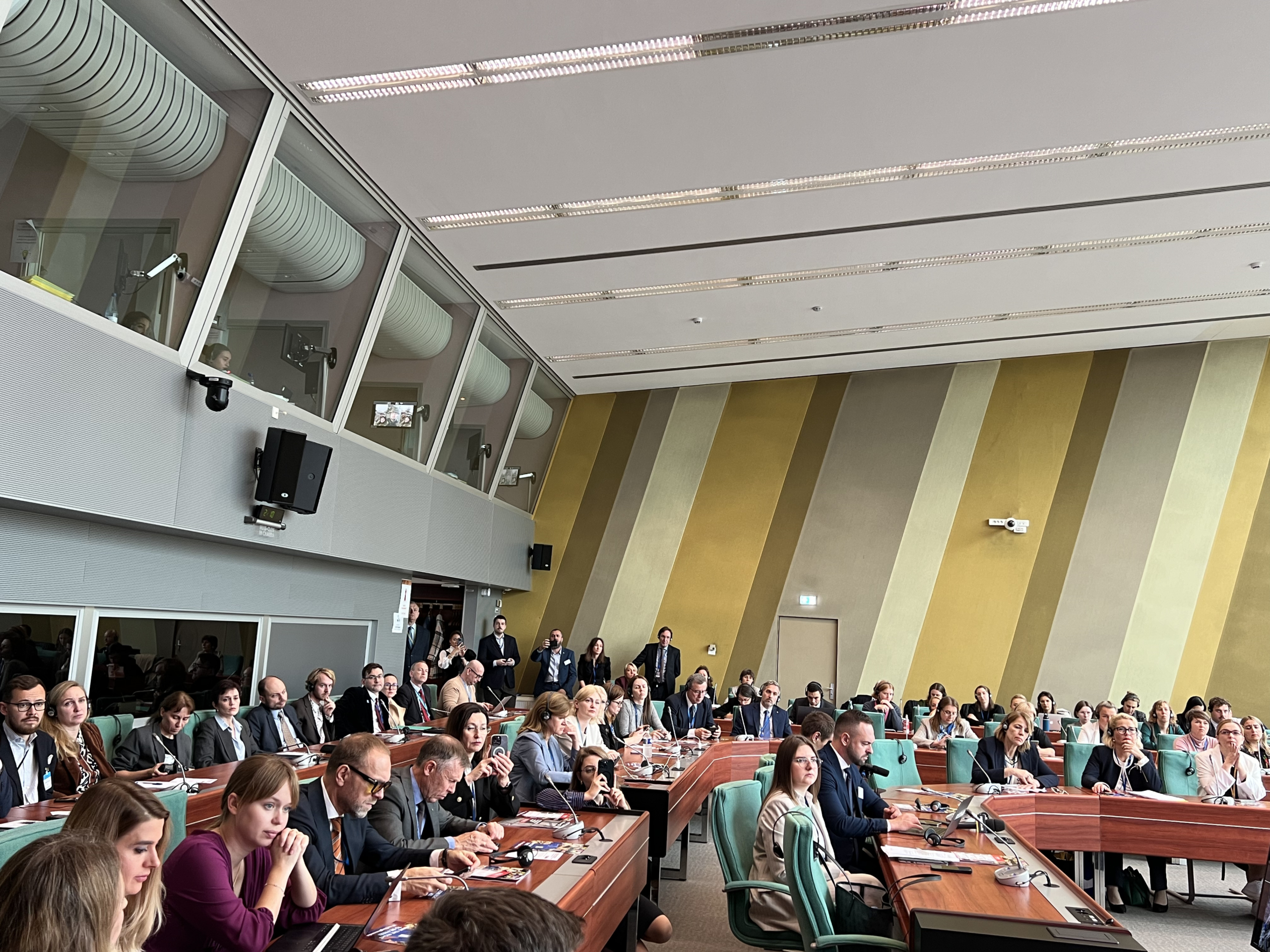
“The third important aspect is horizontal cooperation with other countries through the Joint Investigative Team (JIT), as well as at the bilateral level. More than 20 states share the burden of investigating international crimes committed in Ukraine. We already have successful cases in the United States and Sweden, which concern, in particular, ill-treatment in places of deprivation of liberty by the Russian armed forces,” Andriy Kostin said.
The last, fourth aspect, in his opinion, is the effective introduction and use of the sanctions regime as a means of preventing future torture and ill-treatment of Ukrainian civilians and prisoners of war.
Also, during the October session of the PACE, an urgent debate was held on the topic “Disappeared as a result of the aggression of the Russian Federation against Ukraine, prisoners of war and civilians in captivity” and a resolution on this topic was voted and adopted.
The project is implemented with the financial support of the Ministry of Foreign Affairs of the Czech Republic as part of the Transition Promotion Program. The views expressed in this material are those of the authors and do not reflect the official position of the Ministry of Foreign Affairs of the Czech Republic.
If you have found a spelling error, please, notify us by selecting that text and pressing Ctrl+Enter.


